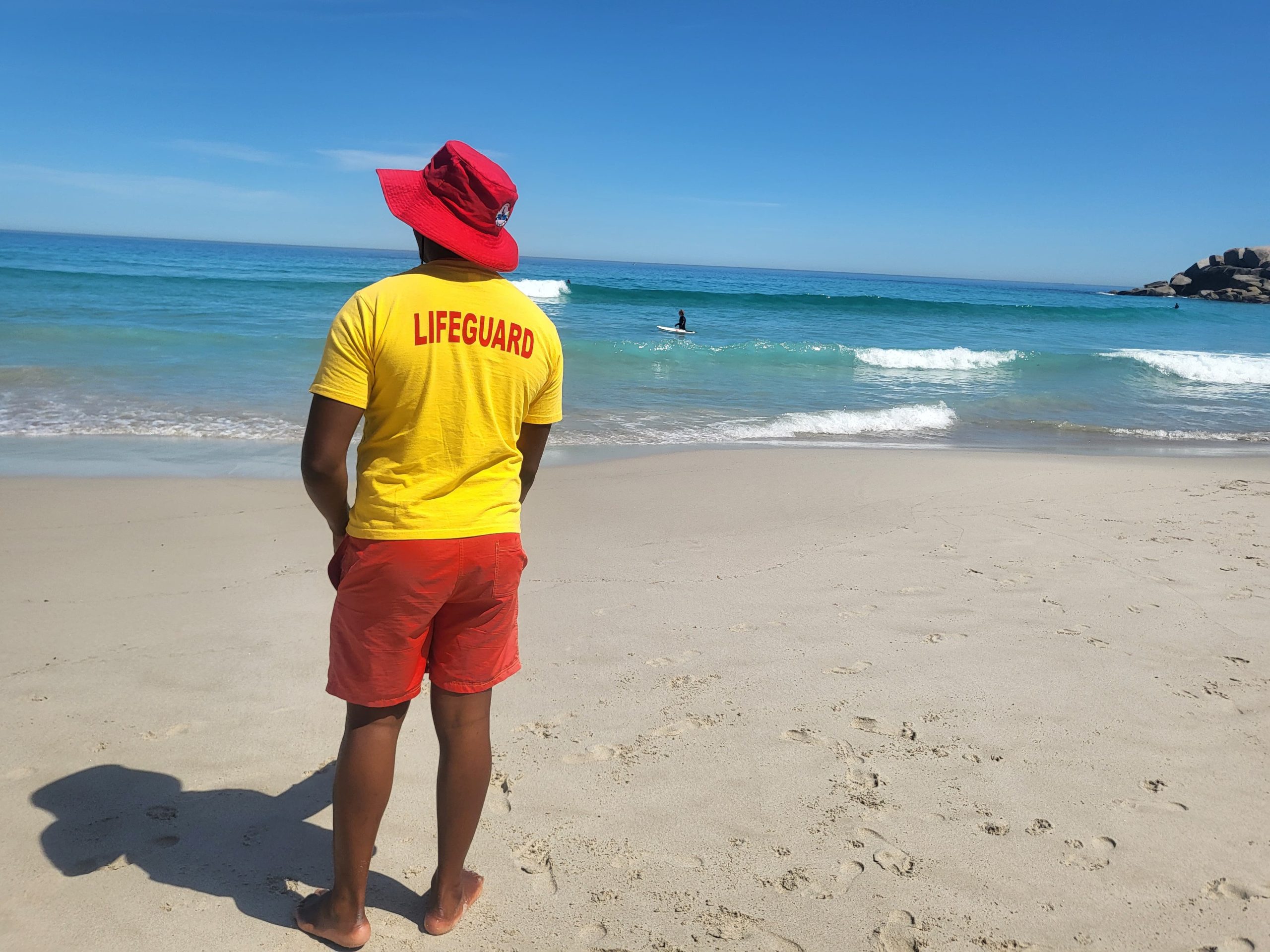The City of Cape Town says the ‘Project Blue’ report falsely claims water quality data is from accredited labs. The City has established that the ‘Project Blue’ report falsely claims to have used SANAS-accredited laboratories to analyse coastal water quality data. Neither of the two laboratories used is SANAS accredited for analysis of either E. coli or enterococci in seawater. The Project Blue report, acknowledged by the authors to be ‘very limited’, also does not contain any scientific references to back up its claims.

‘Project Blue’ report falsely claims water quality data is from accredited labs
Cape Town conducts South Africa’s most extensive water sampling for any coastal city, with popular beaches showing consistently high water quality over the festive season.
Of 297 water samples at designated swimming areas across the City’s 30 most popular coastal recreational nodes, a full 100% were within recreational use thresholds over the festive season.
This is based on enterococci counts, the internationally recognised gold standard indicator for coastal water quality in terms of associated risk to human health. All water samples underwent independent analysis conducted by a laboratory that is SANAS accredited for microbiological analysis of seawater.
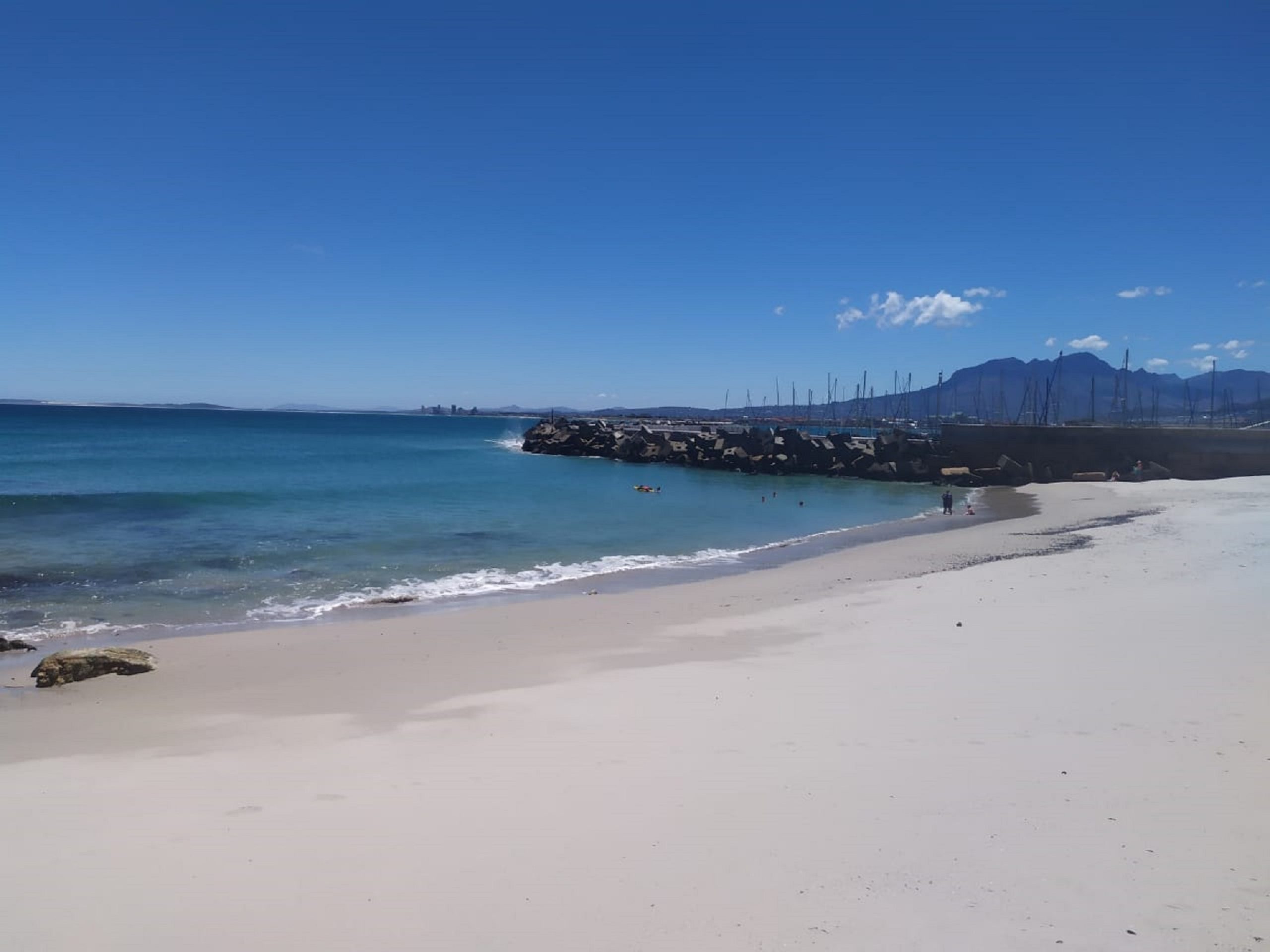
Accreditation of a laboratory by SANAS means that it has been officially verified as competent to perform specific analyses, and the tests and methodologies used are verified independently to be both accurate and consistent.
The City’s 30 most popular coastal recreational nodes
In contrast, for the small number of samples published in the Project Blue report, two laboratories were used: one for seawater samples on the Atlantic, and a second for False Bay. In the report (p.2) the authors clearly state that the laboratories used to test the seawater samples are both SANAS-accredited.
The City checked the official SANAS website as well as verified the SANAS certificates provided by the two laboratories. In fact:
- False Bay sites: the laboratory used is not accredited at all for enterococci sampling in potable water and effluent, let alone for seawater.
- Atlantic sites: the laboratory lost its SANAS accreditation for seawater microbiology analyses, and its current accreditation excludes seawater for microbiology.
The City’s Deputy Mayor and Mayoral Committee Member for Spatial Planning and Environment, Alderman Eddie Andrews says, “Not only did a SANAS-accredited lab independently analyse hundreds of samples across Cape Town’s most popular beaches this festive season, Cape Town’s Blue Flag beaches are also subjected to additional water sampling by a second seawater SANAS accredited laboratory under the auspices of the Wildlife and Environment Society of South Africa (WESSA), which independently confers Blue Flag status on South African beaches, providing further assurance of acceptable water quality to the public.”
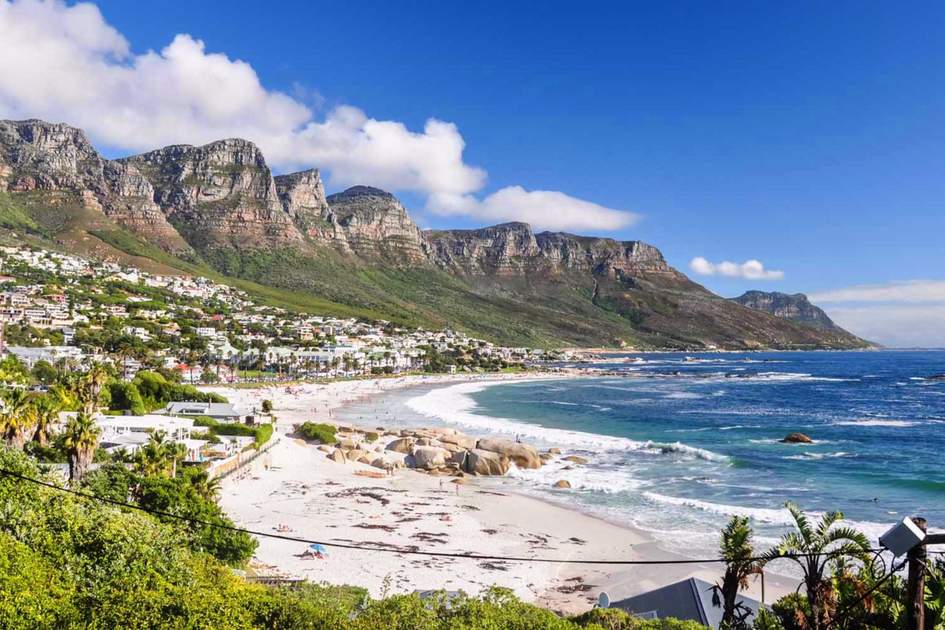
He added, “It is of great concern that the Project Blue report – which incorrectly attributes SANAS accreditation to its results – is used to cast aspersions on water quality data from not one, but two laboratories that are SANAS accredited for microbiological analyses of seawater samples. This is at best a major oversight by the three academics named in the Project Blue report, or at worst, a major misrepresentation of the facts with the intent to mislead the public.”
Andrews elaborated, “By comparison, far greater volumes of scientifically credible data have affirmed our city as a world-class coastal tourism destination. Results are published on the City’s online Summer Dashboard to inform the public about water quality patterns at their favourite beaches this festive season.”
READ MORE: Report shows decline in drinking water quality
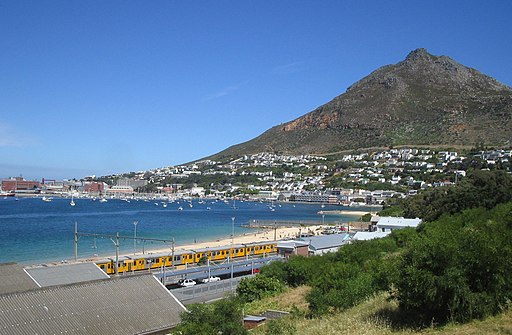
He says because it takes a few days to analyse water samples, this data cannot give a real-time indication of water quality. However, trends over time do give an indication of risk levels for the public to make more informed decisions. This is why the City conducts such extensive sampling throughout the year and makes the data available to the public.
The Alderman also said, “The City has never claimed any coastal area to be risk-free. It has simply published water quality results that are shown to be excellent as aligned to National Water Quality Guidelines, which state excellent as a less than 2,8% risk, not as a zero risk.”
Project Blue claims lack scientific references
The Project Blue report states as fact, without any citation of scientific literature, that “Over the last decade it has been realised that determining only one of the two organisms causes an underestimation of risks. It is now recommended that both organisms should be used in all testing”.
This statement is in direct conflict with most international and national guidelines for marine water quality assessment, including those issued by the World Health Organisation which states that (WHO, 2003): “Escherichia coli is intrinsically suitable for fresh waters but not marine waters”, and (WHO, 2021) that no statistical relationship has been established for E. coli that can support a clear dose-response guideline value in marine waters, supporting using only intestinal enterococci as a faecal indicator in seawater sampling.
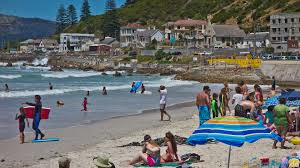
Similar statements are contained in the guidelines issued by the United States Environmental Protection Agency (US EPA 2012), Heath Canada (2024), the New Zealand Ministry of Health (2021), and the Australian National Health and Medical Research Council (2008).
“The City has constantly based its decision-making on available evidence and scientific consensus on all these matters and the same should be expected of critics and especially those that consider themselves professional scientists. Our dedicated professionals will continue to apply the current globally accepted standards for coastal waters, which is the analysis of enterococci as an indicator of sewage pollution and associated human health risk,” said Alderman Andrews.
Misleading media representation of limited Project Blue findings
Media summaries have prominently featured the Project Blue claim that ‘42% of sites in Table Bay and 38% of sites in False Bay exceeded guideline values’, giving the false impression that pollution is widespread across designated swimming areas at recreational nodes along these coastlines.
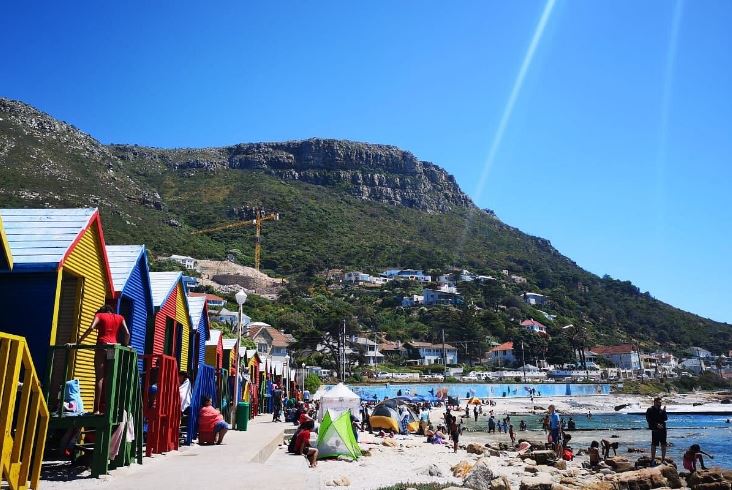
However, a significant portion of Project Blue’s limited sampling was at known chronically polluted locations at the Soet River Mouth in Strand and Lagoon Beach in Milnerton, which are in fact closed for recreational use. Pollution at these locations is well-documented, with major infrastructural and societal efforts underway to address these.
An alternative representation of the Project Blue data would be to note that of the four sites sampled on the False Bay coast, only the site closed to recreational use consistently exceeded guideline values, and at a second site, only a single sample date exceeded guideline values for each of enterococci and E. coli respectively. Two sites did not exceed guideline values on any of the dates sampled.
The Project Blue report
The Project Blue report further finds that out of seven water samples at two Blue Flag beaches between 26 November to 6 December, one sample was above guideline thresholds for enterococci at Camps Bay, and two at Clifton 4th beach. It must be noted that:
- The Project Blue data is extremely limited and is from unaccredited labs
- The City has previously found results from unaccredited labs to produce an outcome with a variation of >500% relative to the accredited labs when directly compared. This was the City’s finding of a split sample exercise where the same coastal water quality sample was sent to four different private laboratories.
- Regarding Camps Bay: Based on the outcome of 371 City sampling tests over the last 12 months from four locations at Camps Bay beach, results show consistently high water quality at this beach throughout the year. A full 100% of the 10 most recent water samples were within recreational use guidelines at three locations along Camps Bay beach over the festive season, including samples taken on 6 December when the Project Blue sample returned the solitary above-guideline enterococci result.
- Regarding Clifton 4th Beach: While the City sampling dates at Clifton 4th differ from those of Project Blue, 100% of independently analysed samples at this beach for December and January have been within recreational guidelines over the festive period.
‘Where specific pollution incidents are identified, the City responds swiftly to address the pollution source, install warning signage, and take water samples until results show it’s safe to swim again. This responsiveness and commitment to transparency is what sets Cape Town apart as a world-class tourism destination, enjoyed by record numbers of visitors and locals this past festive season.
‘In general, after rainfall events and due to the flushing of the catchments, the water quality usually declines for short periods. This is a common phenomenon in urban areas around the world, but as it currently stands, Cape Town’s coastal water quality is of a very high standard at our popular beaches,’ said Alderman Andrews.
City’s Summer Dashboard for Coastal Water Quality
The City will post weekly water sample updates on its website from the festive season until the end of January 2025 for easy access and unprecedented transparency.
FIND THE Summer Dashboard here
The Dashboard provides the weekly enterococci results for the 30 most popular recreational beaches:
- Atlantic coastline: Melkbosstrand; Big Bay, Small Bay; Milnerton; Saunders tidal pool; Clifton 2nd; Clifton 4th; Maiden’s Cove tidal pool; Glen Beach; Camps Bay central, Camps Bay south; Camps Bay tidal pool; Llandudno; Mariners Wharf Hout Bay; Chapman’s Hout Bay
- False Bay coastline: Seaforth; Long Beach Simon’s Town; Fish Hoek swimming area; Dalebrook tidal pool; St James tidal pool; Muizenberg central (Surfer’s Corner); Strandfontein tidal pool; Strandfontein beach; Mnandi east; Monwabisi beach; Monwabisi tidal pool; Strand beach; Gordon’s Bay; Bikini beach; Kogel Bay
Included in the dashboard are:
- The results for the last 10 samples were taken at these nodes. Thus, it gives the public a view of the water quality over the past two-and-a-half months at these recreational nodes
- The data (number) indicates the number of enterococci bacteria measured per 100ml, as is the standard way of reporting
- An individual count of <240 (less than 240) is regarded as sufficient for recreational purposes
- As new results come in, the oldest result will be removed and the latest added
Summary research reports on water quality at Camps Bay, Green Point, and Strand Beach
Over the last 12 months, intensive high-frequency research water sampling has been undertaken at several beaches.
MORE ABOUT: Research summary reports on water quality are available here
The public is encouraged to go online and peruse the Summer Dashboard to find out more about the water quality at their favourite beaches and to engage with the research reports.
ADDITIONAL READING (FAQ): For information on Coastal Water Quality in Cape Town
- Those interested in the results for other recreational nodes and coastal monitoring points can find the latest data on the City’s website. The data is updated weekly.
READ MORE: Visit the Coastal Water Quality page
THIS ARTICLE WAS COMPILED BY THE MEDIA OFFICE OF THE CITY OF CAPE TOWN
